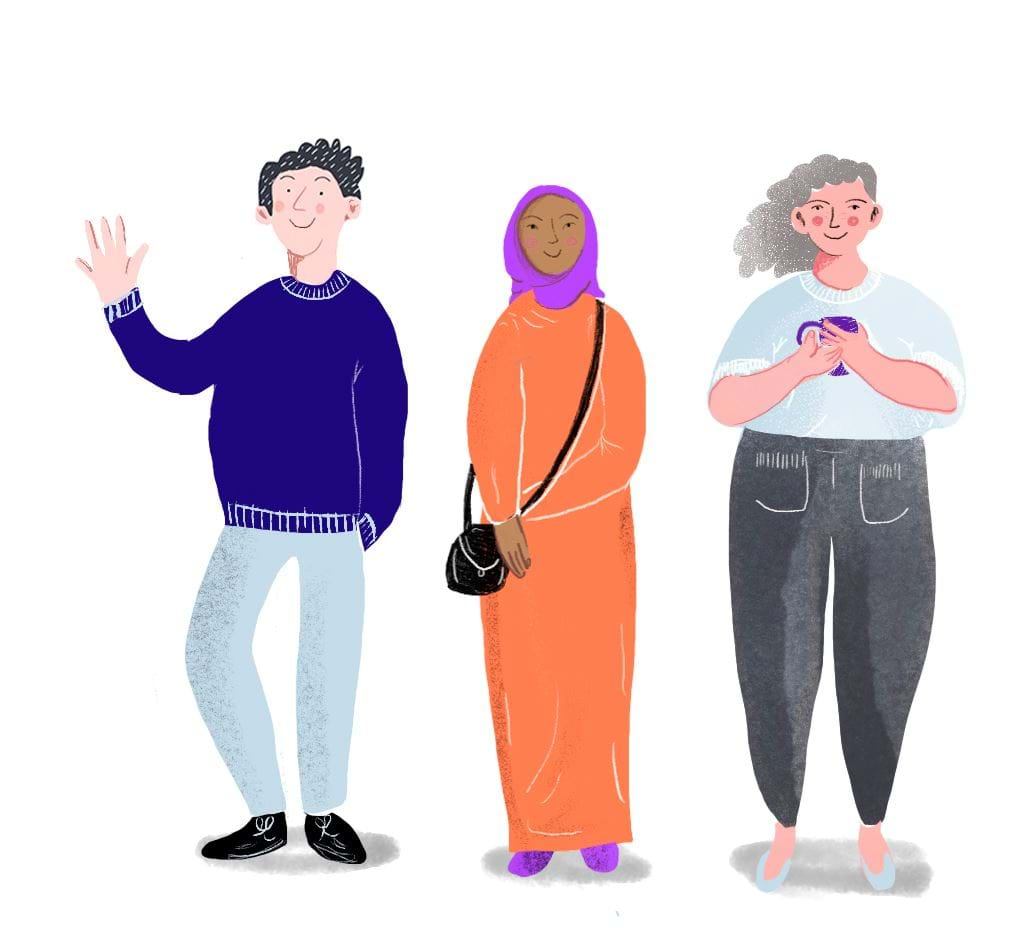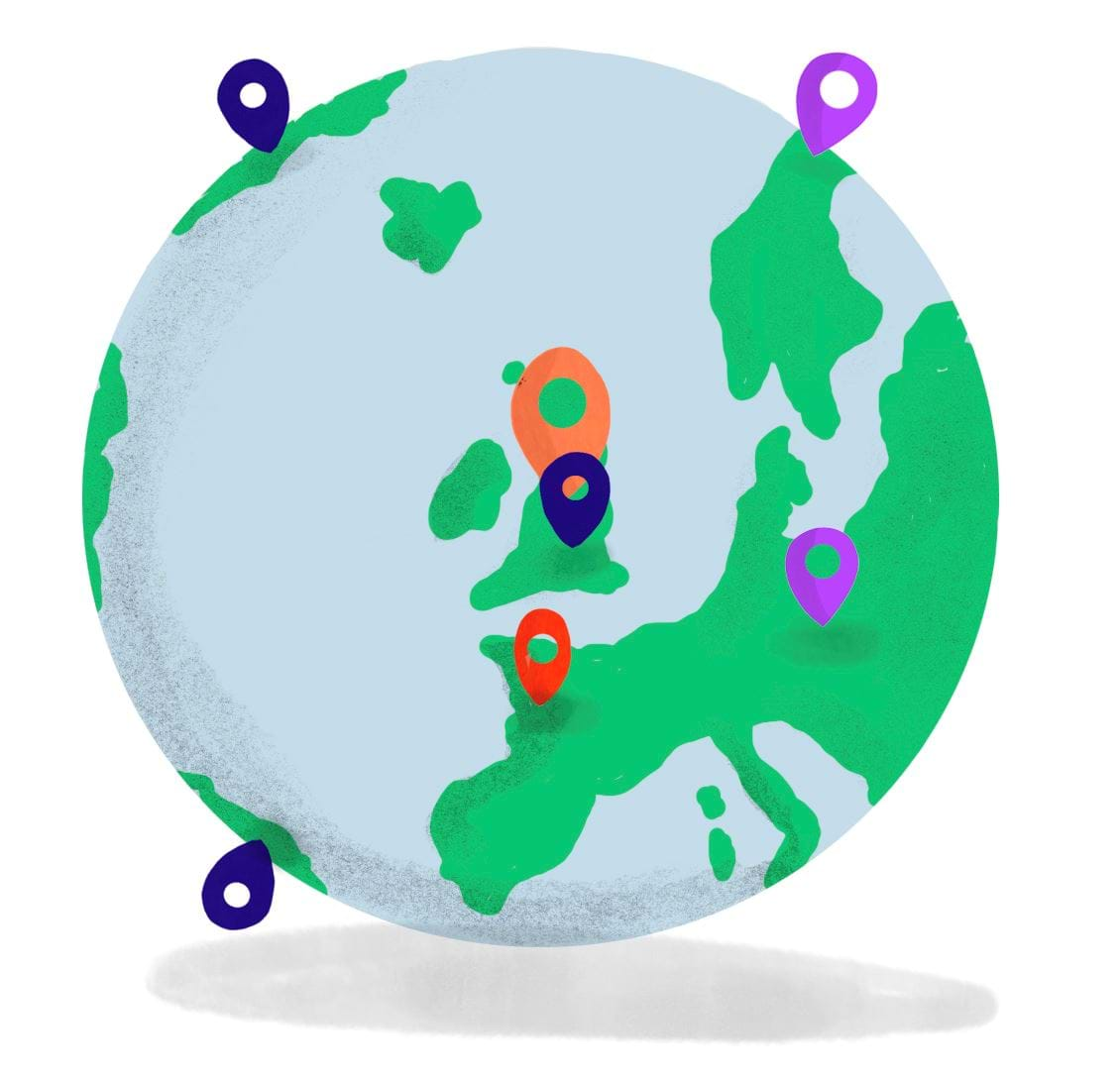Who we are and why it matters: International Women's Day 2024
6 minute read
We completed our second Nexer Digital staff census at the start of 2024. On International Women’s Day 2024, we thought it was a good opportunity to consider some of the key findings from the census, specifically around women in the workplace.
We talk a lot about diversity, equality and inclusion at Nexer Digital, especially as we've employed more people over the past few years. We strive to be a truly inclusive place to work for all, but that is meaningless if we fail to convert our words into actions. We launched our first staff census in early 2023, and reflected on the response on our team get together for International Women’s Day 2023
We completed the 2024 census in January, giving us a snapshot of who we are now at Nexer Digital and how we’re changed (or not!) over the past 12 months. The census is completely voluntary and anonymous, but can help us discover what diversity, equality and inclusivity might mean to each person across the team. We can then use this to instruct and guide our work across the business, to include recruitment and progression, our events, policy and project work, general company strategy and more.
We collect information based on the nine protected characteristics as outlined in the Equality Act 2010. We aim to go beyond legal requirements, and so also consider additional measures of inclusivity, including caring responsibilities, geographical location and socio-economic background.
Women in our workplace
Around two thirds of the team identify as women, which is directly opposite to the wider sector according to the recent Tech Talent Charter report. We also have a small number of the team who identify as non-binary, trans or chose to self-define.
We do know that the gender split varies greatly across individual teams when you start to look in more detail. Our Design Group average 77% women across the 5 teams, with one team as high as 82%. The opposite is true in our Technology Group, where women make up just 20% of the team overall. This follows the trend across the wider tech industry, and isn't showing much chance at entry and student level according to a recent PWC report, summarised well in the Manchester Digital Digital Skills Snapsnot 2024.
One thing we’re pretty proud of is the fact that our management team are split almost exactly 50/50 between men and women. That’s true in both our senior leadership team, and across our team leads and co-leads.

Two thirds of us identify as women (Illustration by Francesca Pearson)
What else we learned from our census
We aren’t big enough as a team to dissect our different teams individually without breaking our commitment to confidentiality and anonymity. Nor are we able to fully look at the intersectionality across the multiple categories, for similar reasons. These are both things we want to address in 2025. We also know that with the relatively small numbers we’re looking at (around 60 respondents each time) any changes to the team can have a big impact.
All this considered, we did learn a lot. We’ve picked out some highlights and interesting points to share:
Age
We have a wide range of ages across the whole team, from teens to septuagenarians. Compared to the Manchester Digital Skills Audit 2023 however, we have a higher number of people between 35 and 54 than other North West tech companies, and less in the higher and lower age brackets.
Disability
Over 1 in 5 of the team identify with the Equality Act’s definition of disability in 2024, which has increased from the previous year. This is higher than in the population in England and Wales as a whole, by around 2 percentage points, according to the 2021 census.
Ethnicity
There’s no doubt we’ve seen a step backwards here. There was a marked decrease in the range of options chosen by the team when answering this part of the census. We also saw an increase of 17 percentage points in the ‘White: British/English/Welsh/Scottish/Northern Irish’ group.
Sexual Orientation
30% of the team identify as Lesbian, Gay or Bisexual, which has not changed significantly in the last 12 months. According to the 2021 England & Wales Census, where the question was included for the first time after years of campaigning, 3.2% of people identified as Lesbian, Gay or Bisexual. Even taking into account the number of people who may not have been able to answer the England & Wales census truthfully, it would be fair to say that LGBTQIA+ representation is higher than average at Nexer Digital.
Religion and Belief
Almost 3 in every 4 people identify as non-religious. However, of those who did identify a religion all but one option was selected, suggesting the spectrum of religions and beliefs is broad and increasing across the team.
Socio-Economic Background
Although this is a difficult area to define, and would need more work on the data collected, we did learn that we have representation from multiple socio-economic backgrounds. Interestingly, more than 1 in 10 of the team went to school outside the UK.
Geographical Locations and Regions
Something that was no great surprise to us, as a business with its roots in the North West of England, was that the majority of the team are North West based. It’s where most grew up as well, although with both questions the spread of people is starting to widen. Alongside the North West, we have notable numbers in East England (where our Cambridge office is) as well as the North East, Yorkshire and Scotland.
Caring Responsibilities
Almost half of the team have a caring responsibility, with 14% as the primary or only carer for another person.

1 in 10 of the team at Nexer Digital grew up outside the UK (Illustration by Francesca Pearson)
What we’ll do next and why it all matters
We’ll keep doing the census each year so we can build up a true picture of who we are. We’ll adapt it too as we grow, looking at best practices and expert advice. Against the backdrop of DE&I services being cut to save money in the global tech sector and by national and local governments, we know it’s more important than ever to practice what we preach, and show up to the table on diversity, equality and inclusion.
We’re not using the census data or anything alongside it to simply create a list of ‘tickable’ actions that we can complete. It’s informing every part of our work and helping us shape our organisational climate to reflect who we are.
Since we last wrote about inclusion and meaningful actions, here’s some the progress we’ve made and where we’ll be focusing next:
- We now have three Employee Resource Groups (ERGs) and have made some progress at creating structures for each one, including senior-level sponsorship, external facilitation and internal space to share information and content. Our ERGs are:
- Still Proud: an LGBTQIA+ group for representation and influencing change
- Access at Nexer: a disability discovery group
- CARING: Cultural and Religious Inclusion at Nexer Group
- Our recruitment process has taken a big step forward in 2024, as we used anonymised recruitment for the first time in January through our new management system, which has worked well. We’re in the process of getting internal processes in place to move us forward on our interviews too, as well as how we engage work experience and internship candidates.
- We’ll continue working with initiatives like the fantastic Digital Her from Manchester Digital, to encourage underrepresented groups to explore a career in tech with us.
- We’re running some internal sessions in the Spring for the team on anti-racism, neuro-inclusive communications, mental health awareness, resilience and stress management
- We’ll be supporting our managers to support the team better, with resources and guidance designed with them.
- We’re creating an internal inclusive language guide, a style guide and more general information around ways of working, all informed by the census data and the ERGs
- We’ll be looking at some of our team policies in 2024, and seeing where we might have gaps or where we need to improve the language we use.
- We are working to bring our period and menopause policy to life. Launched a couple of years back, we’ll do that through open discussions, continued period product supply in both offices and networking with specialist advisory groups
- We've recently started a full refresh of our 'reinduction' programme, to help when people return after an extended period away. We're focusing in on those returning from maternity leave in particular, and looking at how we support a positive return.
We’ll keep sharing our progress and outcomes in future blog posts. If you’d like to know more about how we designed the census, and what else we’re doing around organisational climate and inclusion, get in touch!

